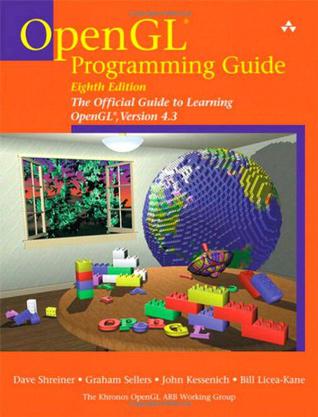

The focus of these chapters are on Modern OpenGL. If all of the previous sounds like someone that could be you, then by all means, please continue. We also discuss practical concepts that, with some added creativity, could turn your ideas into real 3D applications. The chapters aim to be understandable for people without any graphics programming experience, but are still interesting to read for the more experienced users. If you enjoy reading content that provides step-by-step instructions, clear examples, and that won't throw you in the deep with millions of details, this book is probably for you. Therefore, my aim is to provide a platform that is both complete and easy to understand. Throughout the internet there are thousands of documents, books, and resources on learning OpenGL, however, most of these resources are only focused on OpenGL's immediate mode (commonly referred to as the old OpenGL), are incomplete, lack proper documentation, or are not suited for your learning preferences. The aim of LearnOpenGL is to show you all there is to modern OpenGL in an easy-to-understand fashion with clear examples, while also providing a useful reference for later studies. OpenGL Programming Guide, Eighth Edition, provides clear explanations of OpenGL functionality and techniques, including processing geometric objects with vertex, tessellation, and geometry shaders using geometric transformations and viewing matrices working with pixels and texture maps through fragment shaders and advanced data techniques using framebuffer objects and compute shaders.Welcome to the online book for learning OpenGL! Whether you are trying to learn OpenGL for academic purposes, to pursue a career or simply looking for a hobby, this book will teach you the basics, the intermediate, and all the advanced knowledge using modern (core-profile) OpenGL. Extensive new text and code are presented, demonstrating the latest in OpenGL programming techniques. For the first time, this guide completely integrates shader techniques, alongside classic, functioncentric techniques.


It also includes updated information and techniques formerly covered in OpenGL Shading Language (the Orange Book). This edition of the best-selling Red Book describes the features through OpenGL version 4.3. OpenGL Programming Guide: The Official Guide to Learning OpenGL, Version 4.3, Eighth Edition, has been almost completely rewritten and provides definitive, comprehensive information on OpenGL and the OpenGL Shading Language.

Includes Complete Coverage of the OpenGL Shading Language! Todays OpenGL software interface enables programmers to produce extraordinarily high-quality computer-generated images and interactive applications using 2D and 3D objects, color images, and programmable shaders.


 0 kommentar(er)
0 kommentar(er)
